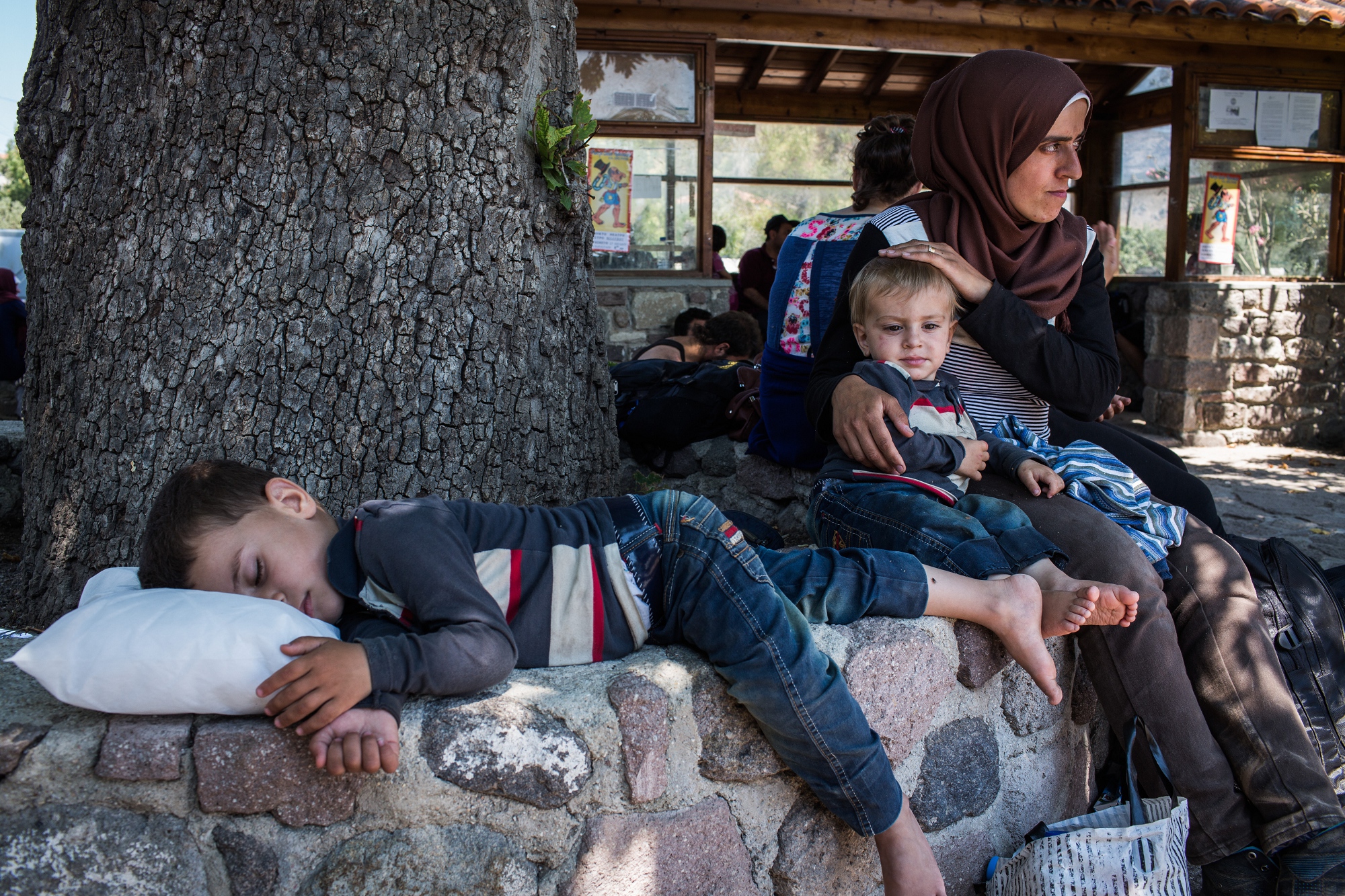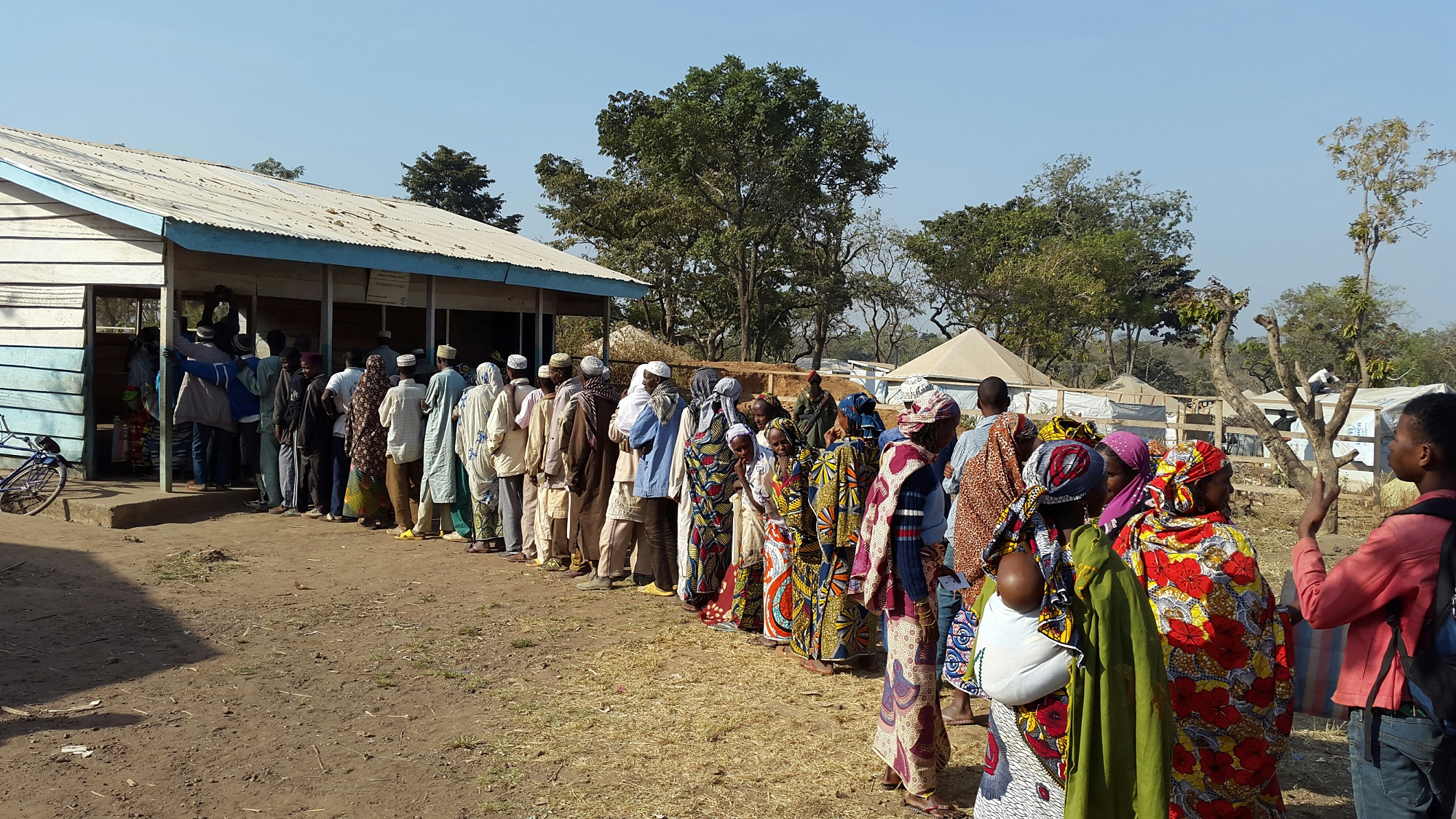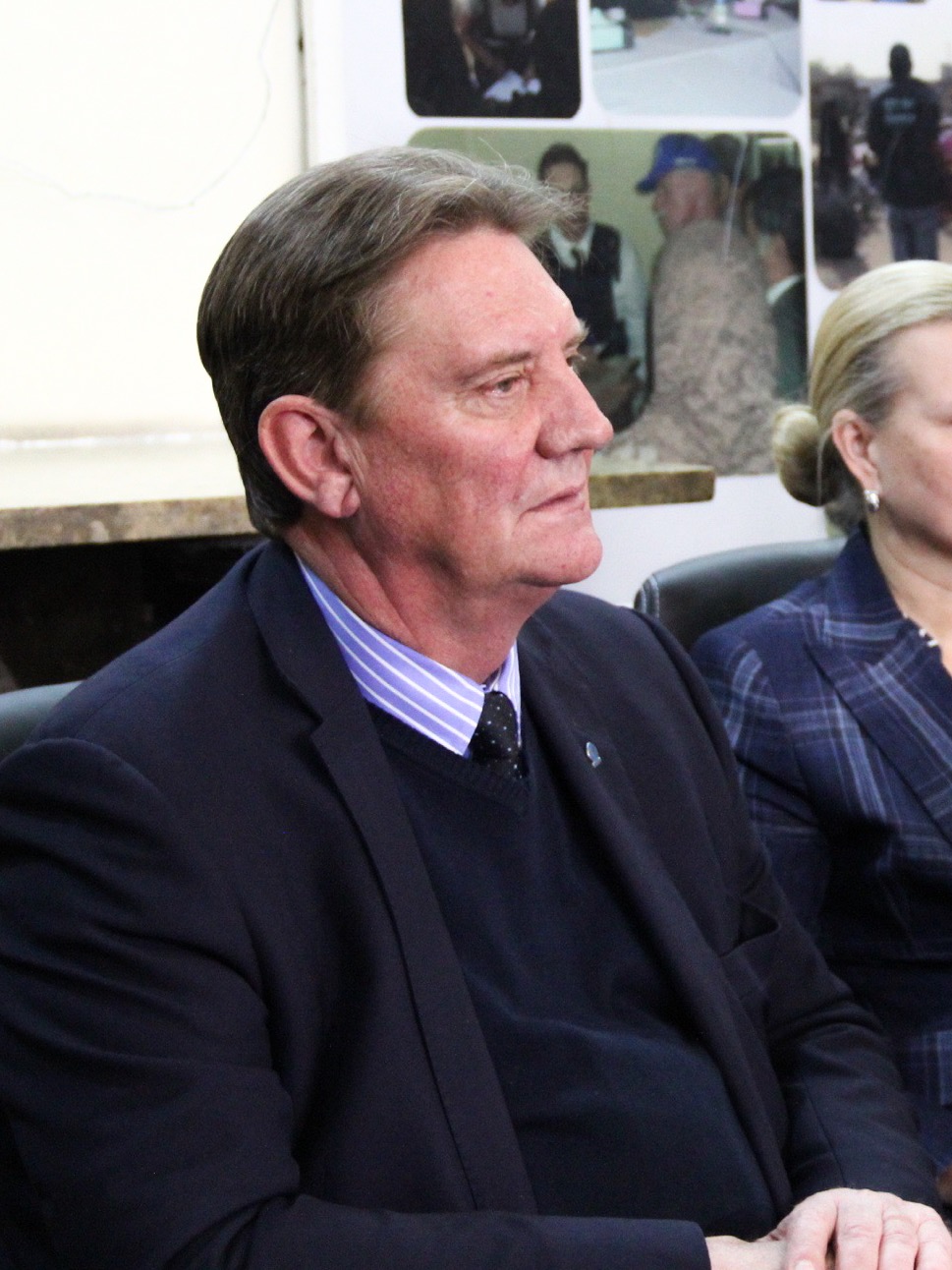Q&A: Jewish agency in US marks 130 years of protecting the persecuted
Q&A: Jewish agency in US marks 130 years of protecting the persecuted

WASHINGTON, DC, United States, February 3 (UNHCR) - HIAS, the Hebrew Immigrant Aid Society, is the oldest migration and refugee resettlement agency in the United States and this year marks its 130th anniversary. It began its work in New York with a mission to provide safety and assistance to Jews forced from their countries. Today, its offers protection and aid to some of the most vulnerable refugee populations in the world, working with partners such as the UN refugee agency. In the United States, HIAS, together with government agencies, assists resettled refugees to begin new lives. Mark Hetfield is HIAS' senior vice president for policy and programmes, based in Washington, DC. He recently spoke with UNHCR's US communications officer, Tim Irwin. Excerpts from the interview:
How was HIAS created?
We trace our roots to 1881, when the Jewish population of the United States was about 250,000 people, most having come from Central Europe. But 1881 was also the year that Russia's Tsar Alexander II was assassinated, which led to a surge of anti-semitism and resulted in many Jews crossing the Atlantic to come to the United States. In New York City, a charitable organization was formed to provide meals and support to the newcomers. A shelter was created called the Hebrew Sheltering House Association. Later it merged with Hebrew Immigrant Aid Society. In 1891, Jewish residents of Moscow, St. Petersburg and Kiev were expelled and many came to America. Ellis Island [in Upper New York Bay] was the main port or place of entry. The Hebrew Immigrant Aid Society was there to give shelter, to find employment and to let the people know what kind of conditions they would face in the United States, and to help in reuniting families. By 1920, just 40 years after our creation, the Jewish population in the US was 3.5 million.
In those early years, what kind of assistance were you providing to Jews arriving in the United States?
The mission was to facilitate the arrivals, to give shelter, first on Ward's Island and then Ellis Island. Many of the arrivals were very religious. They didn't travel on Saturday, they ate only kosher food. So, in 1911, HIAS set up a kosher kitchen on Ellis Island, which it maintained throughout its history. Many of the immigrants, 40 to 50 per cent, stayed in New York, while the other 50 to 60 per cent were spread all around the United States: Philadelphia, Los Angeles, San Francisco, Seattle, you name it. So HIAS also helped them to avoid fraudulent agents who would take their money. Later, in the 1950s, Ellis Island operation moved to JFK airport.
Has HIAS always operated in the United States or have you had overseas operations?
Between World War I and World War II, HIAS was represented in more than 50 countries and in more than 150 cities. I think the only place on earth that HIAS didn't have a representative was Antarctica. Everywhere else, in Australia, in South America, in Asia, in China and, of course, in Europe, HIAS had an office. During the First World War it was difficult to travel to the United States across the Atlantic, and the Jews had to choose another way - from Moscow to Vladivostok in the far east of the Soviet Union and then to Shanghai, from Shanghai to Yokohama, Japan, where at that time there was a HIAS office. From Yokohama they moved across the Pacific to San Francisco and to Seattle.
Is there a period or a particular operation that stands out in HIAS' history?
If you give me an event, I will find a connection to HIAS. Let's start in 1912. In 1912 there was the terrible sinking of the Titanic [after hitting an iceberg in the North Atlantic]. You may ask, what does HIAS have to do with the Titanic? When people think of the Titanic they think of a luxurious ship full of rich people. People forget that also on board were hundreds of poor immigrants who had set sail for the United States from England. There were immigrants from the Middle East, from Lebanon, immigrants from Russia, Jews, Arabs and French. The survivors were brought to New York and charitable organizations took part in assisting them. HIAS was among them. In a disaster of such scale, you cannot say: "Give me just my people. I will not help anyone else." Of course, HIAS helped everyone regardless of their nationality or faith. At an event marking our 120th anniversary, several relatives of Titanic survivors came and they brought with them letters HIAS had given their ancestors to help them reunite with their families.
But the most outstanding rescue operation run by HIAS was of course during the Holocaust years. During the Second World War, few Jews were able to immigrate to the United States, but HIAS was there to help those that did. Twenty-two HIAS employees perished during the war in the line of duty. After the war, HIAS helped thousands of the displaced to reach safety from ruined Europe. Then, [we helped people from the] Middle East and northern Africa, Cuba, Poland and the most recent mass exodus - Soviet Jews. We helped bring more than 400,000 Jews from the former Soviet Union.
Why did HIAS shift its focus from assisting Jews to working with refugees?
While millions of Jews were fleeing Czarist pogroms, the Holocaust, the Iron Curtain countries and conflict in the Middle East, HIAS had too many people to help and too few safe places for them to go. We did not have enough opportunities to help ourselves, let alone others. By the dawn of the 21st Century, however, members of the Jewish community benefitted from the legal protections of the 1951 Refugee Convention, the creation of the State of Israel and, finally, the lifting of emigration and religious restrictions in the Soviet bloc. These developments freed HIAS to work with UNHCR and other partners to protect all members of humanity, regardless of their ethnicity or religion. And that is precisely what HIAS now does in Africa, Latin America, Europe, the Middle East and the United States.








